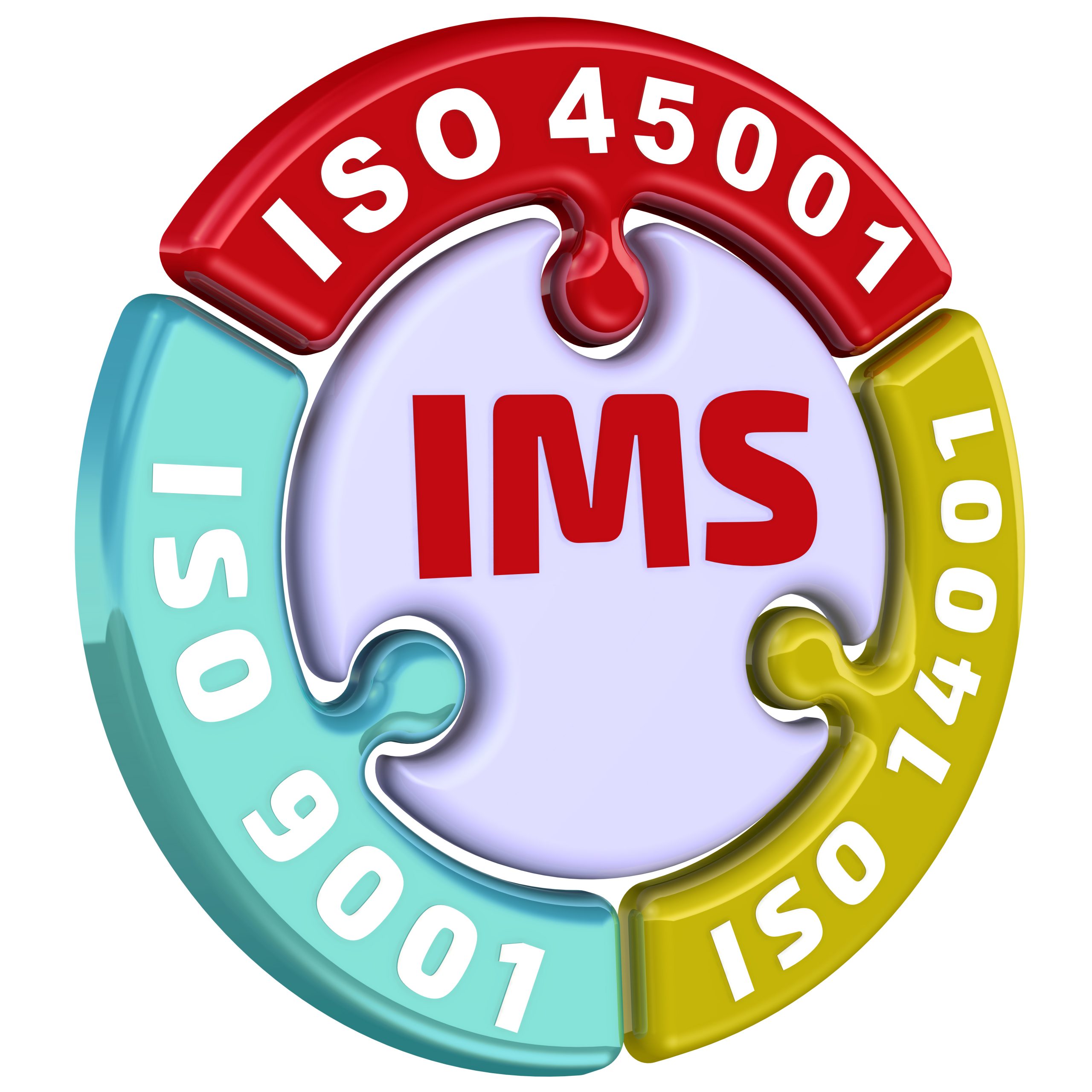Quality assurance versus quality control – what is the difference and why does it matter? Often these two terms are used interchangeably, and while both are important to the effective operation of an organisation, understanding the distinct differences between quality assurance and quality control can make the difference when it comes to delivering the best quality products and services possible.
Quality assurance and quality control are two aspects of quality management. While some quality assurance and quality control activities are interrelated, the two are defined differently.
Quality assurance (QA) are actions taken to design a safe service or manufacture an effective product by building quality controls into the life cycle. Quality control (QC) are test procedures used to verify that a product or service is safe and effective after it is complete. So while QC is a subset of QA, both are necessary. You can’t rely on QA alone, without testing as a follow up.

For the team at Alliance SI, the biggest difference between these terms is being proactive versus reactive. Effective quality assurance is proactive, aiming to prevent issues or defects before they occur through the design stage whereas QC is reactive, identifying defects after they have happened.
QA involves the design of processes, such as documenting standard operating procedures (SOPs). A safe, effective product or service should be the result every time processes are followed. QC involves the testing to ensure standards for safety and efficacy are met. If QC testing uncovers quality issues, it should result in reactive steps to prevent an unsafe product from being shipped and distributed.
Even in the face of new challenges businesses face coming out of a difficult year, quality assurance remains a priority for those wanting to maintain healthy production and service performance, especially with regards to compliance.
For most businesses, the following are key areas of focus as we head to the end of 2021:
- A focus on cost efficiencies
- The importance of agility and adaptability
- Global risk analysis and management
- Ensuring sufficient resources
- Maintaining compliance at all times
- Centralised and accessible data
- A need for advanced tools and processes
- Working with suppliers with ISO certification
With certification to ISO 9001 (Quality), ISO 14001 (Environmental) and ISO 45001 (Occupational Health and Safety), Alliance SI is adept at implementing effective quality controls and quality assurance actions. Reach out to learn more about our integrated quality management system.

